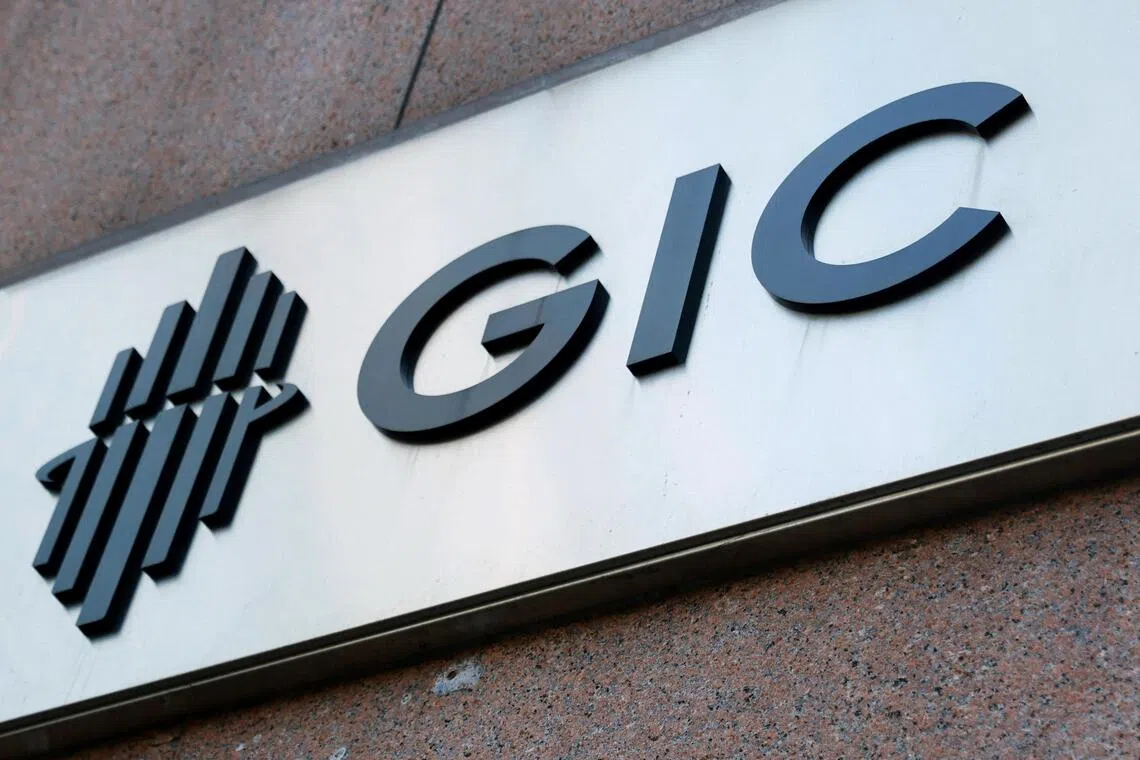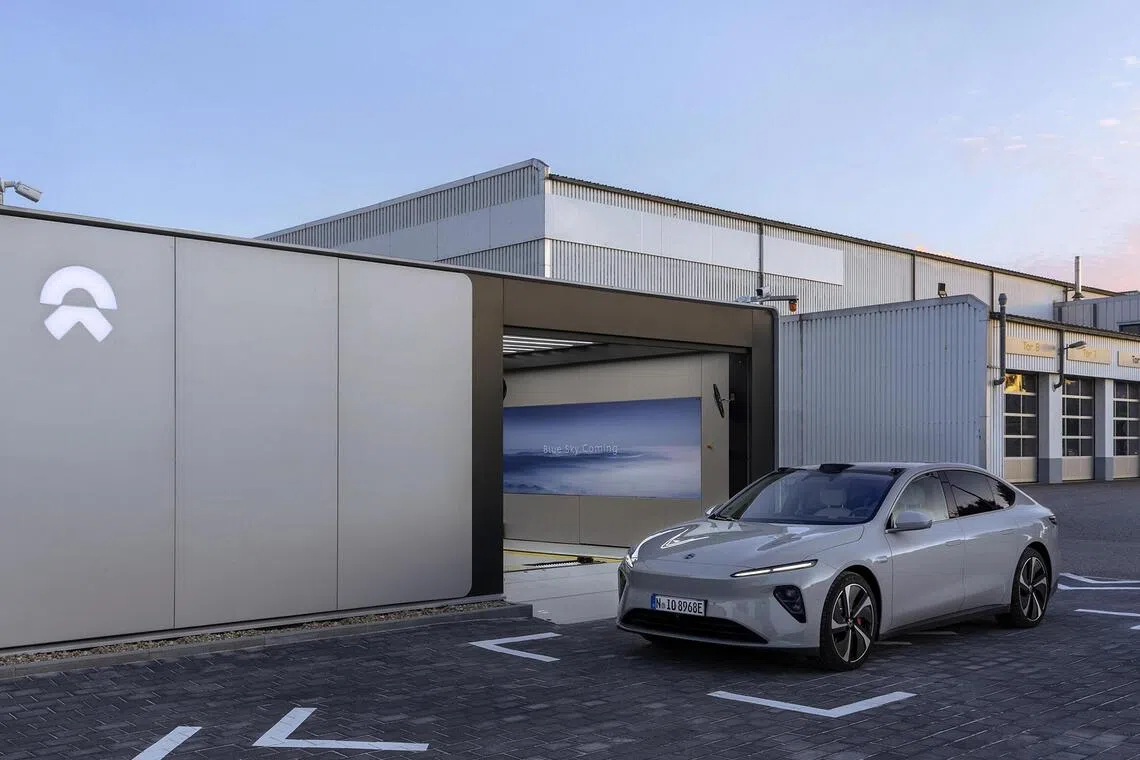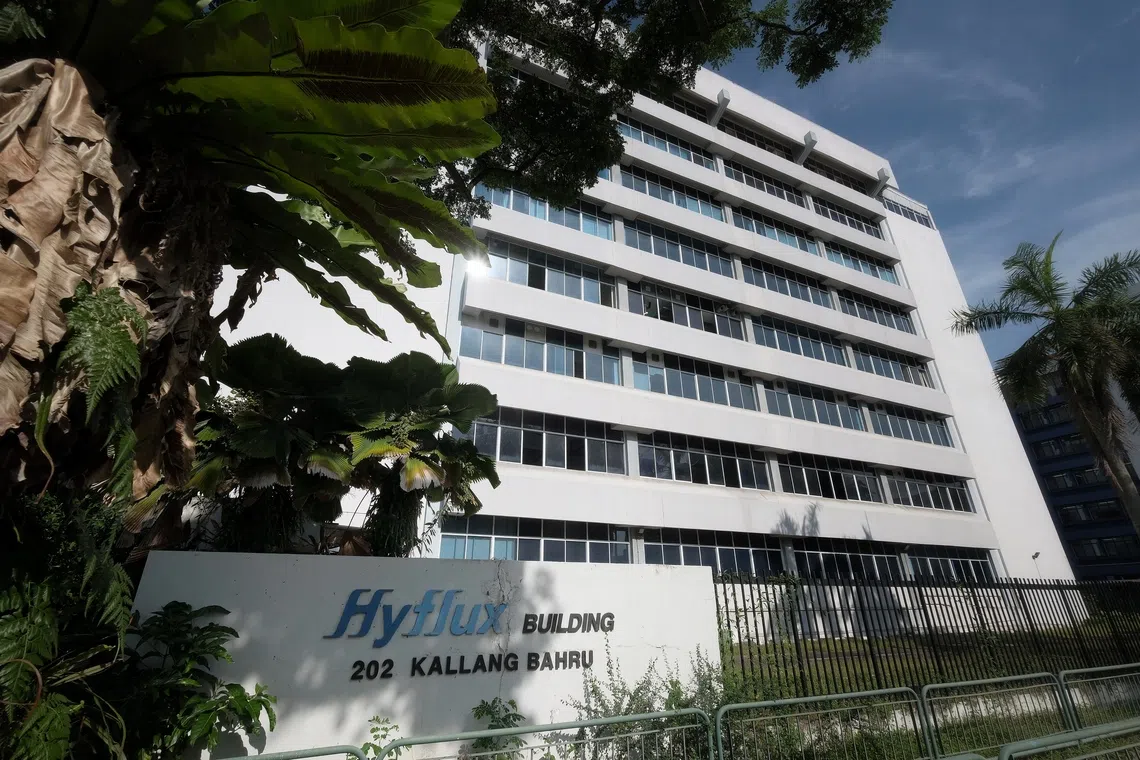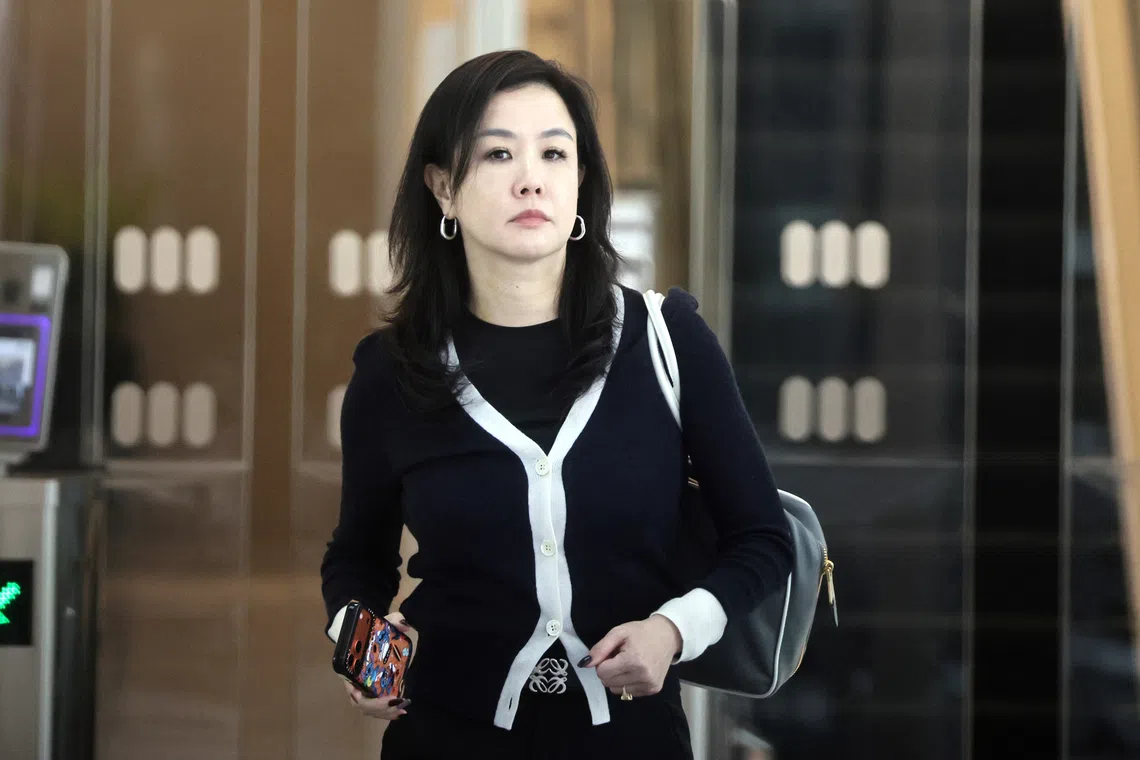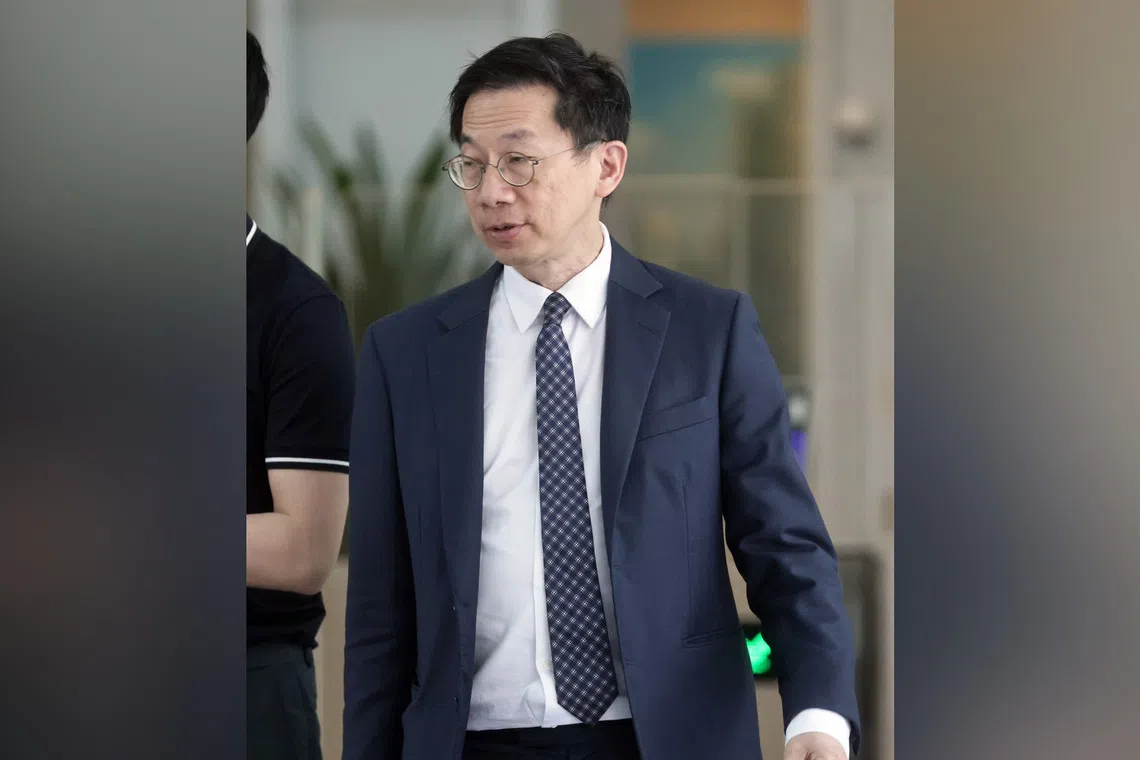Tuaspring project was riskier than a typical integrated plant: Hyflux prosecution witness
PUB committed to buying only desalinated water – and not electricity – from Tuaspring under a long-term agreement, the witness said.
Oct 27, 2025
SINGAPORE – The troubled Tuaspring plant came with a higher risk profile than what one bank lender understood to be typical of an integrated water and power plant (IWPP).
National water agency PUB committed to buying only desalinated water – and not electricity – from Tuaspring under a long-term agreement, according to Ms Jeanne Soh’s testimony at the State Courts on Oct 27.
Thus, margins could be squeezed depending on fluctuations in wholesale electricity pricing and the amount of electricity demanded, among other forms of risk arising from a new entry into power generation.
Ms Soh was part of a team at Sumitomo Mitsui Banking Corporation (SMBC) that worked on the Tuaspring loan negotiations at the time.
She is the first prosecution witness from among a group of six banks, which in 2010 and 2011 were in discussions with Hyflux to finance the plant for which the now defunct water treatment provider won the tender.
Former Hyflux chief executive Olivia Lum is facing charges of non-disclosure of material information in announcing the project win in March 2011, as well as in the issue of preference shares the following month, relating to Hyflux’s entry into power generation.
When Deputy Public Prosecutor Eric Hu asked about Ms Soh’s understanding of an IWPP, she said: “(Tuaspring is) different from our understanding of (an) IWPP because only the water has (a) purchase agreement and not the power.”
Ms Soh was then a vice-president of structured finance for the Asia-Pacific, dealing with energy and infrastructure projects for SMBC.
The other five banks involved were DBS Bank, Mizuho Corporate Bank, BNP Paribas, ANZ and MUFG.
The banks assessed that excess power generated by the power plant likely needed to be sold to the wholesale market, especially as it was not clear if the Energy Market Authority or electricity retailers were going to commit to buying electricity in advance, she said.
She contrasted this with IWPPs in the Middle East, where she said such integrated plants are more commonly found than in Asia. These typically have agreements in place for both water and electricity purchase, she said.
Ultimately, only SMBC, Mizuho and DBS collectively offered a loan of $150 million for the desalination plant – down from an initial proposal of $537 million for the whole project.
Earlier in her testimony, Ms Soh had said the understanding SMBC had in June 2010 was of Tuaspring as a desalination plant that PUB had called a tender for, with a water purchase agreement that was “quite in line with what we see on the market”.
Responding to another question from Mr Hu, Ms Soh said the six banks learnt of the power plant around November 2010.
“We were all quite surprised, or very surprised, because we were not expecting they were going to build a power project along with the desalination plant.”
Mr Hu then asked Ms Soh to give a walkthrough of the risks she highlighted in an e-mail dated Nov 19, 2010, to then Hyflux chief financial officer Cho Wee Peng.
Cho has been charged with conniving in Hyflux’s omission to disclose the information about Tuaspring.
Of the e-mail, Ms Soh said: “After learning that they are going to build a power plant, the lenders decided to come together to highlight the risk associated with the power plant to Hyflux.”
Asked about Hyflux’s response to the e-mail, Ms Soh said: “They continued to provide us with whatever information they (could) give at that point in time.”
These concerns from the November e-mail would later culminate in an 18-point list of questions the loan syndicate sent to Hyflux in December 2010.
The banks wanted to know how Hyflux intended to compete with the three dominant power generation companies then – PowerSeraya Group, Tuas Power and Senoko Power – given Hyflux’s inexperience with power generation.
They also sought a breakdown of cash flow projections between the power plant and desalination plant.
In addition, they wanted to find out if the loan facility for the desalination plant could access the cash flow for the power project as collateral, and vice versa.
“The two projects, notwithstanding that they called it an integrated project, to us, they are two different risk profiles,” Ms Soh said.
This also meant the potential need for the desalination plant to have a shorter loan tenor, with a more rapid rate of repayment.
Other concerns raised by the banks included how Hyflux arrived at the financial buffer built in for cost overrun and the completion schedule for the power plant and the desalination plant.
“If the power project gets delayed, the power project will not be able to supply electricity to the desalination plant,” Ms Soh said.
She added that costs would potentially be higher if Tuaspring needed to buy power from the grid in the meantime, impacting the ability for loans to be repaid.
A side letter signed by the banks was later issued in January 2011 to formally state their concerns.
Mr Hu also asked Ms Soh about the phrasing of an in-principle commitment letter issued for the desalination plant loan.
The letter had mentioned “in-principle management support”, instead of “in-principle approval”.
Ms Soh said the lenders were not comfortable with “using such strong language”, with the project having evolved to include a power plant. She also noted that the letter was not binding.
Two separate loan structures, with a higher debt servicing coverage ratio requirement of 1.5 times to 1.75 times or even higher for the power plant, were also mooted.
Near the end of the three-hour hearing, Mr Hu showed Ms Soh a tabulation of cash flow figures extracted from the financial model Hyflux had provided in seeking the loan. Mr Hu said: “Without the sale of power, no matter how much of (the) water is sold, the net cash flow will be negative.”
Lum’s defence counsel, Senior Counsel Davinder Singh, repeatedly objected to this tabulation.
“This document was not in existence, nor was this format in existence, at the material time,” said Mr Singh.
Nonetheless, Principal District Judge Toh Han Li initially allowed Ms Soh to refer to the tabulation.
Subsequently, Mr Singh said the document “leads one to (a) certain conclusion”, and had only been produced at the trial itself.
He added that “(to) suggest these are the numbers, these are the minuses, these are the pluses, leads the witness”.
The judge then called for the tabulation to be taken off Ms Soh’s display screen on the stand.
Mr Singh also objected to questions from Mr Hu on why SMBC did not take part in a subsequent $720 million loan by Maybank for the project.
“The foundation has not been established (on) whether SMBC was invited to be part of this facility.”
Rephrasing, Mr Hu asked if SMBC was involved in discussions on the loan with Maybank. Ms Soh said no in reply.
The trial continues.





